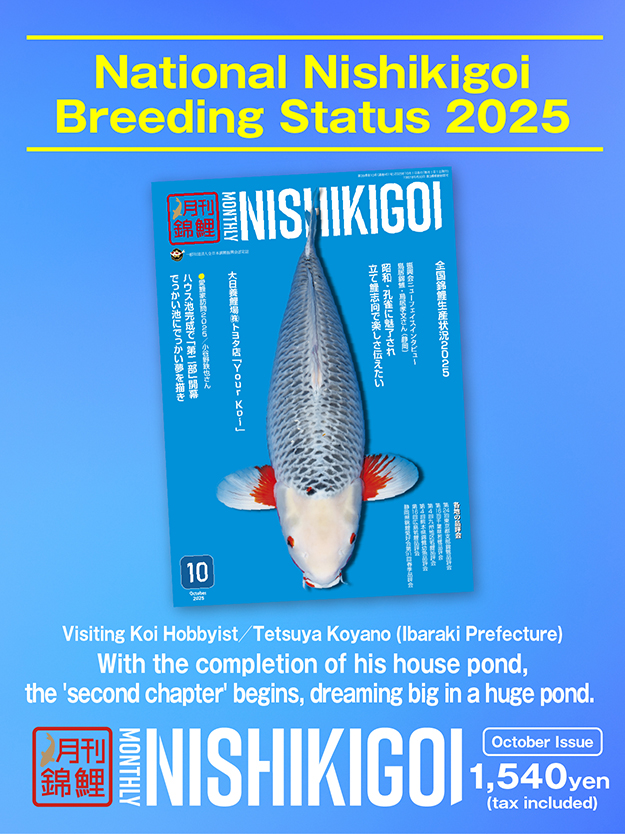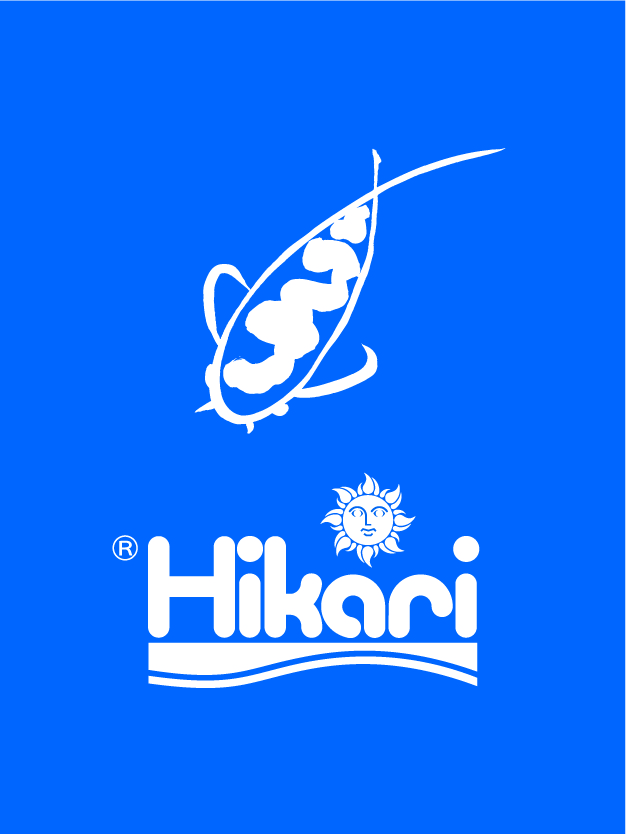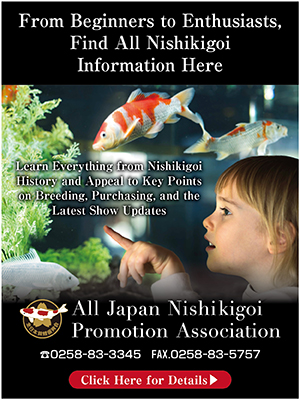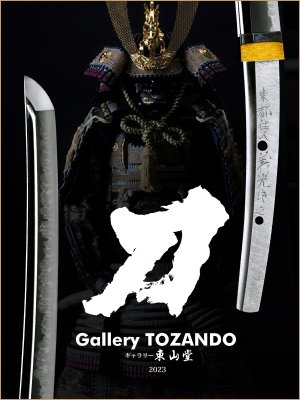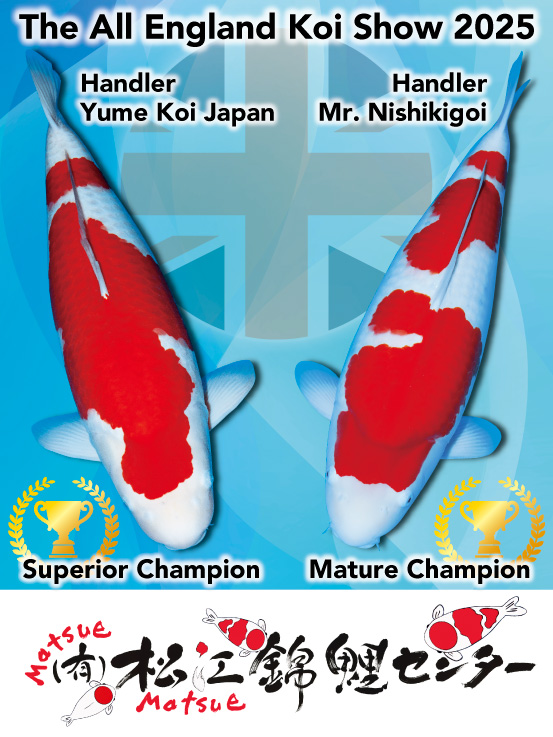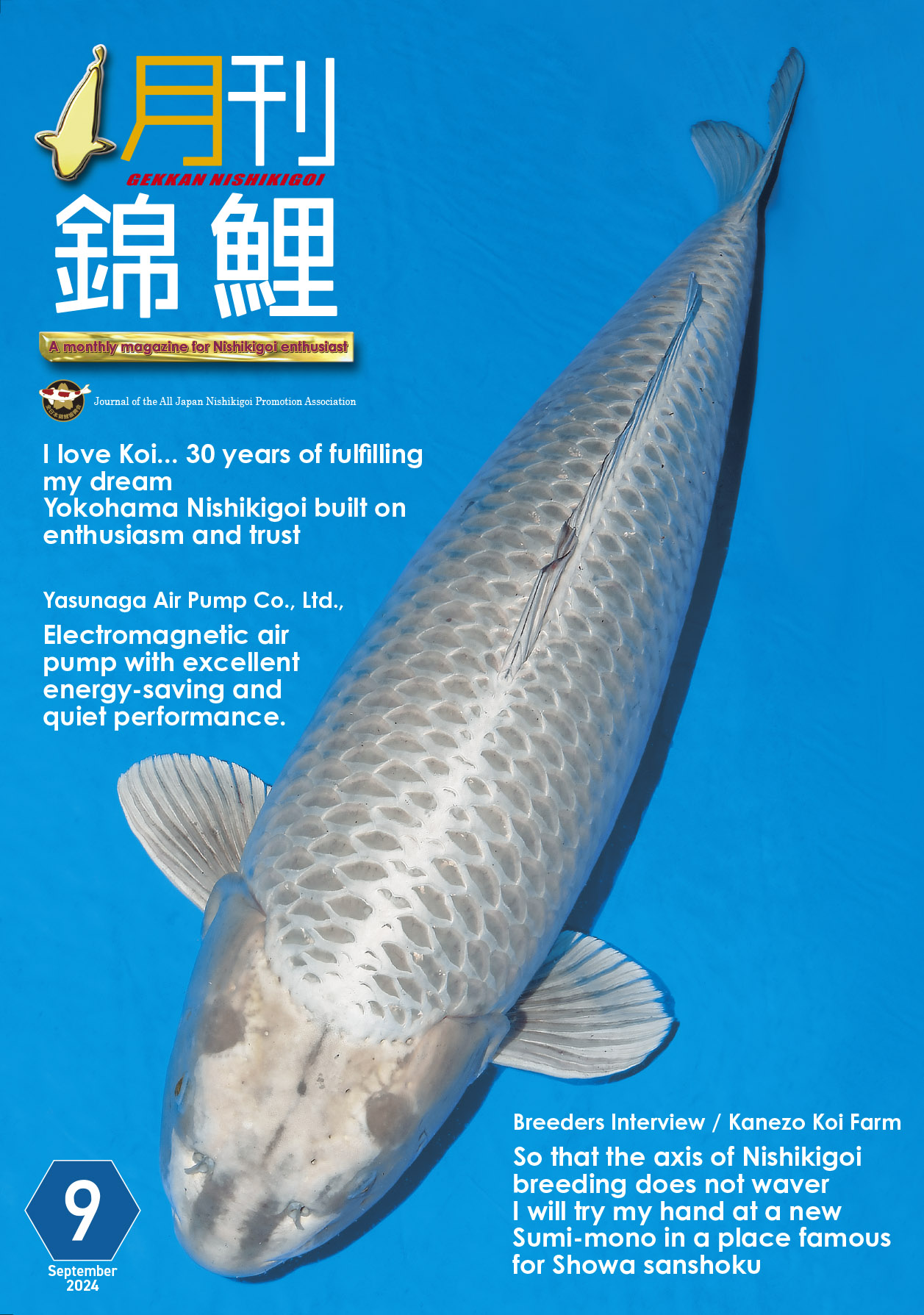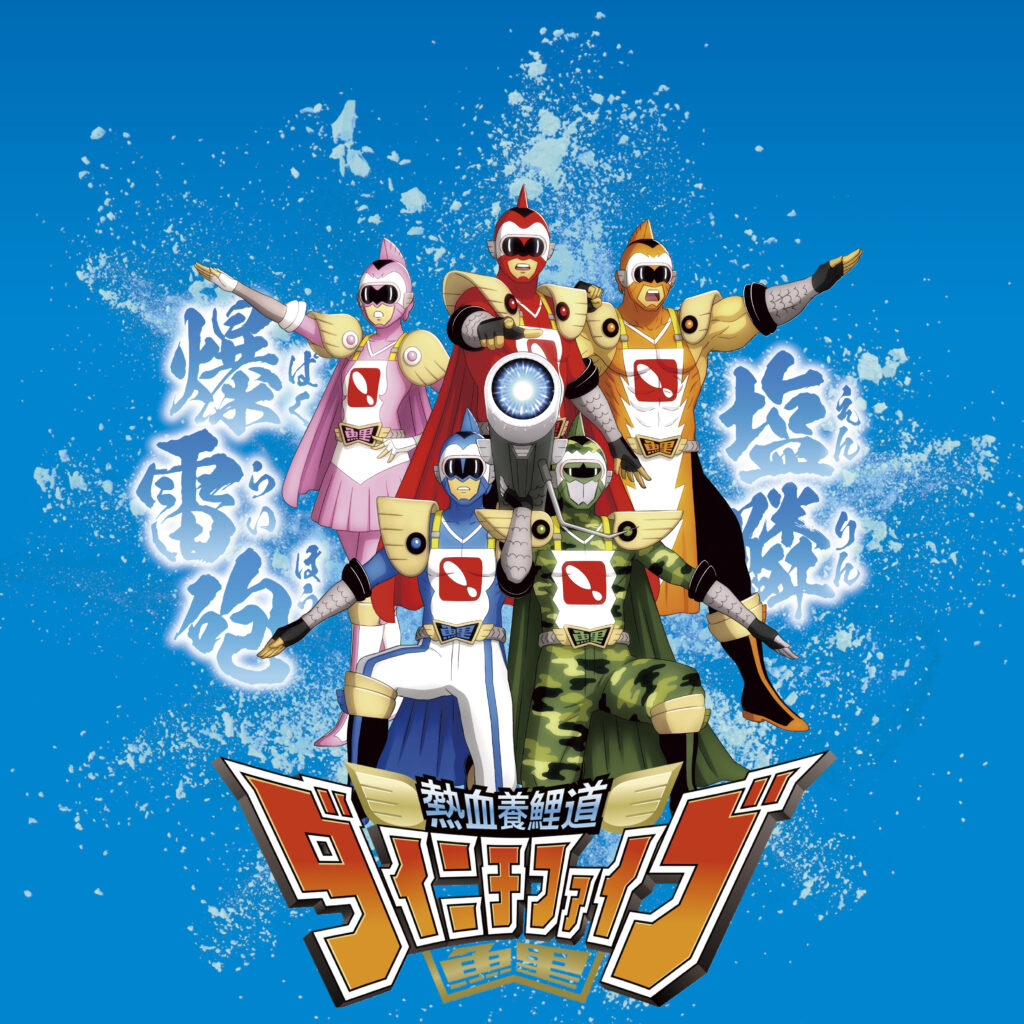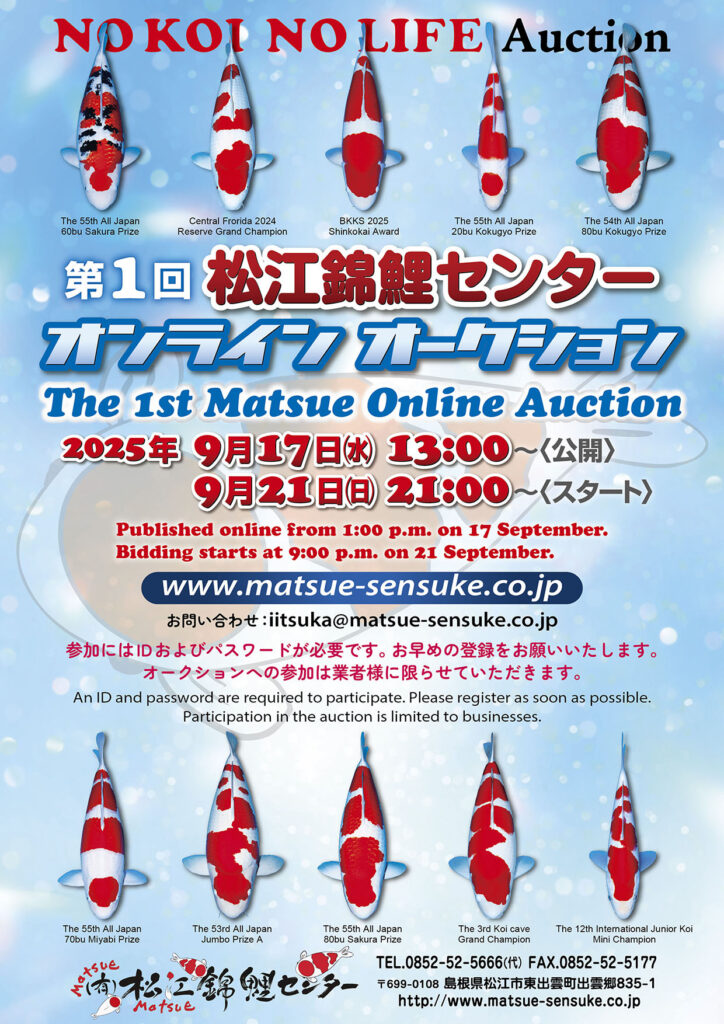Hidemi: But during the agricultural festival, an enthusiast looked at the pool and said, “Ah, these are Tamaura’s koi.” I think there must be some distinctive feature, as I’ve heard similar comments several times. There must be something special about them.
Tamaura: I don’t know what they’re basing that on (laughs).
ー There must be some immeasurable charm.
Hidemi: When I married into this family, I was struck by the image of the beautiful kohaku. Even as an amateur, I found them captivating. I want us to create koi like that.
ー She says that, but what do you think?
Tamaura: …It’s difficult (laughs).
ー Over the past 42 years, you’ve made various improvements, including working on the kohaku. Are you getting closer to your ideal koi?
Tamaura: There are still challenges with the sumi not turning out as I want, but even so, I think we’ve been able to produce some good koi.
ー So, from now on, will you focus on improving the sumi?
Tamaura: That and the volume. I think the volume has reached an average level, so we need to push it a bit further. Compared to when people said they were too thin, I think we’ve managed to raise the standard.
Right now, we’re gradually establishing the tosai and two-years old koi, and next will be the three-years old koi. We’re still in the process, so we haven’t quite reached the point where the koi grow to a larger size.
Kuninori: First, we aim to get the two-years koi size to a competitive level. I think the results of these efforts are reflected in the sanshoku that won the Kokugyo Prize this year (Picture②). At this size, the width is also important.
ー The results of these efforts are now becoming visible in this way.
Tamaura: A sanshoku of the same age also won the 60-bu overall (Picture⑦) and the adult koi overall (Picture⑧) at last year’s agricultural festival. The quality of the koi at that time was by far the best in recent years.
ー Each type is different, but which one is closest to your ideal?
Tamaura: The 60-bu one. It’s still not quite enough, though. I imagine the adult sanshoku with the sumi pattern of the 60-bu koi. The overall adult koi (Picture⑨), for example, has too much hi. The sumi is minimal, but the sumi that is there is good.
-壮鯉の部総合優勝/70部-732x1024.jpg)
Mature Koi Grand Champion / 70bu
-成鯉の部総合優勝/50部-732x1024.jpg)
Adult Koi Grand Champion / 50bu
-60部総合優勝-731x1024.jpg)
60bu Grand Champion
ー What points do you look for when selecting the male parent?
Tamaura: With the male parent, there often isn’t much room for choice. We don’t have a lot of them to begin with. But among them, I do pay attention to body height. Also, how the sumi is distributed. It’s better if the sumi quality is good, but the placement of the sumi makes a big difference.



